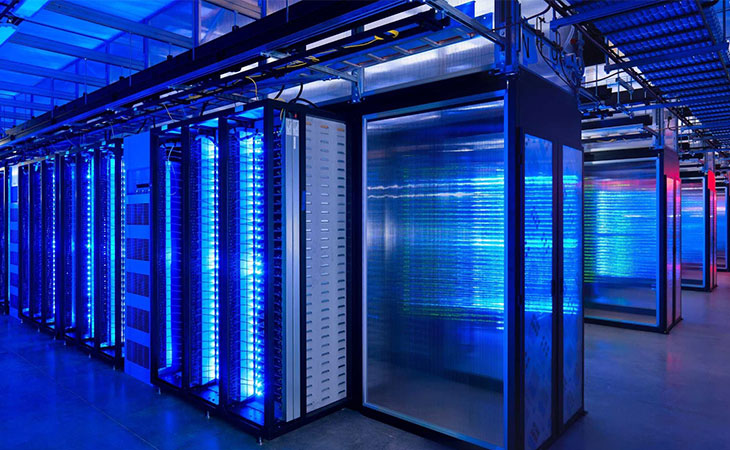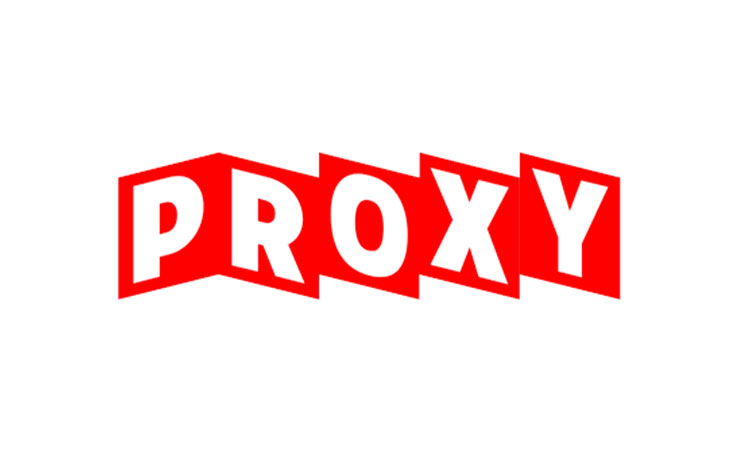High Availability and Disaster Recovery
The terms High Availability (HA) and Disaster Recovery (DR) are frequently heard and are used interchangeably. Which is why it is important to clarify the distinctions between the two in order for companies to understand the unique capabilities, the role of each and how they can be used most effectively within their organization. High Availability is a technology design that minimizes IT disruptions by providing IT continuity through redundant or fault-tolerant components. While Disaster Recovery is a pre-planned approach for re-establishing IT functions and their supporting components at an alternate facility when normal repair activities cannot recover them in a reasonable timeframe.
Can Disaster Recovery Include High Availability? Disaster recovery can, and it often does, include high availability in the technology design. This configuration often takes the form of implementing highly available clustered servers for an application within a production datacenter and having backup hardware in the recovery datacenter. Data from the production server is backed up or replicated to the recovery datacenter; systems are both protected from component failures at the production datacenter and can be recovered during a disaster at the recovery data center.
You may also come around end users chatting about adding a “business continuity disaster recovery” solution when they really intend to make a service highly available. More often than not elements of both high availability and disaster recovery are blended in the discussion. If you’re in the role of a service provider listening to requirements and asking for clarification regarding these questions it will help by identifying if geographic diversity is needed and how much down time can be tolerated before a system is restored. Through this you’ll know what to look forward to, and be set on the right path.






